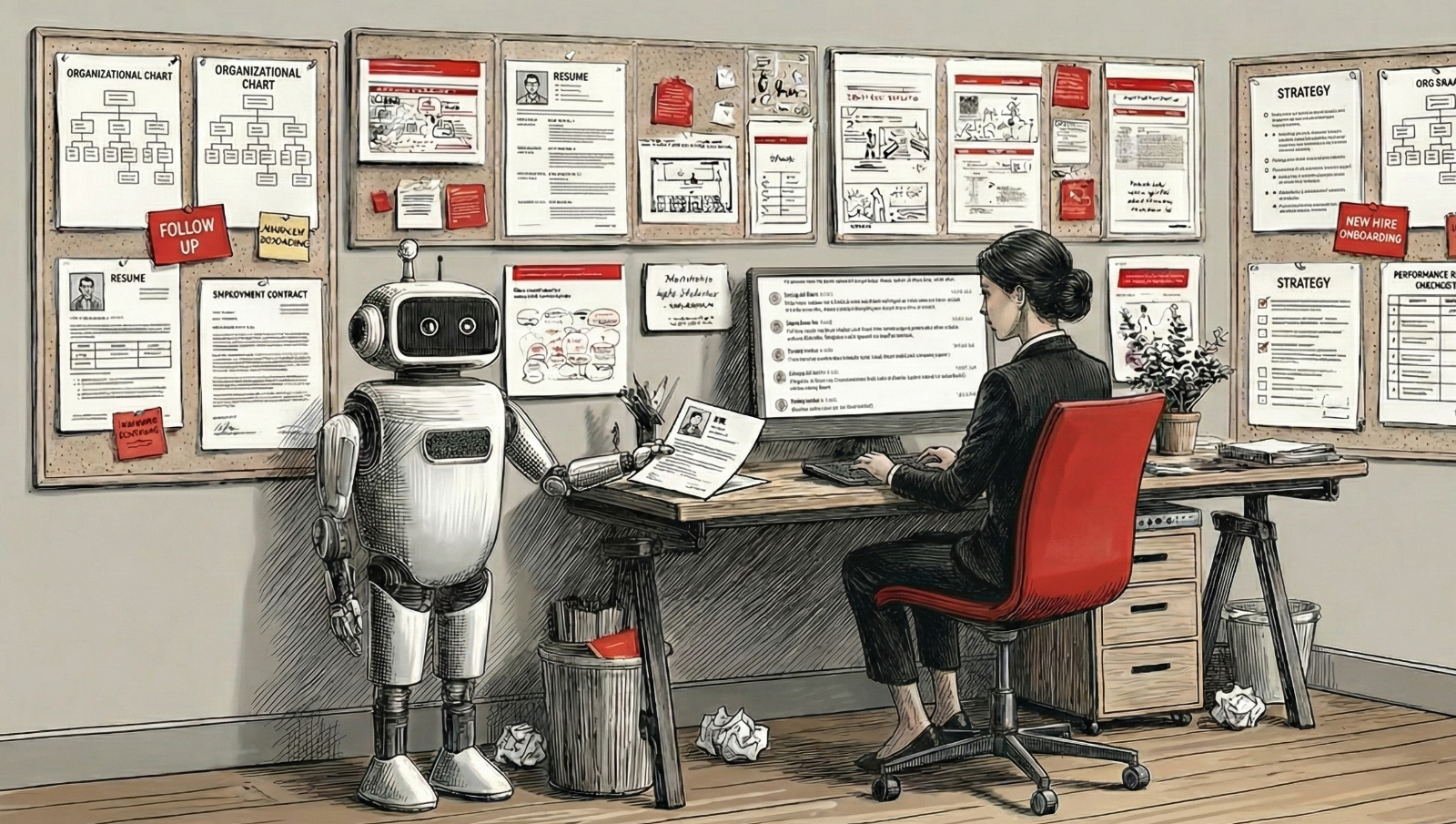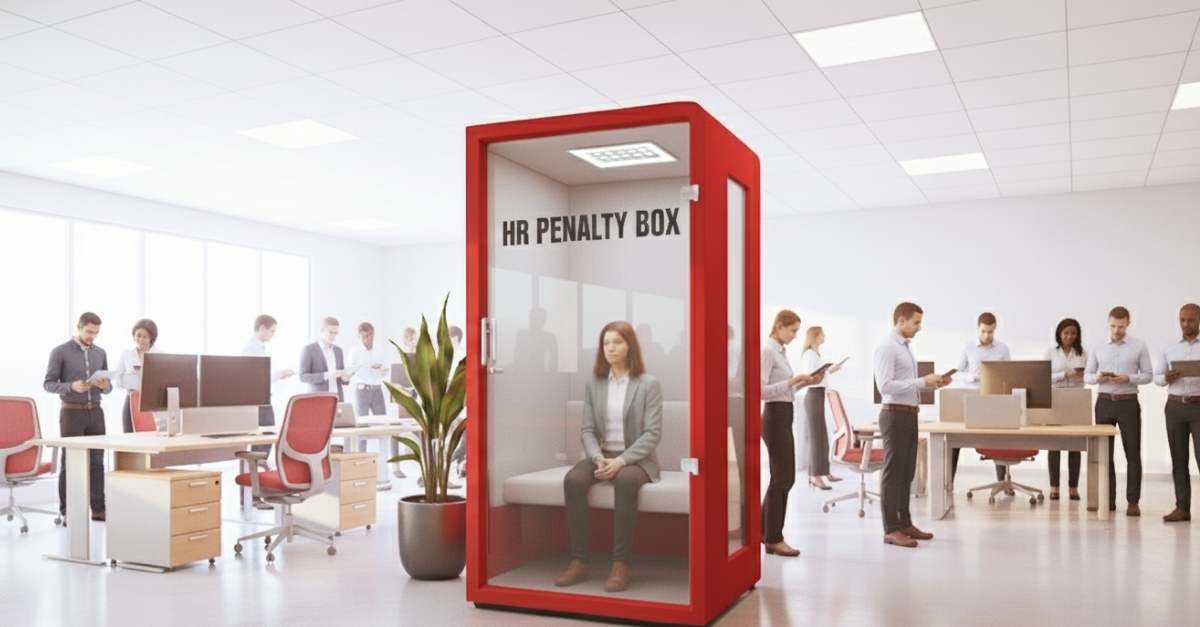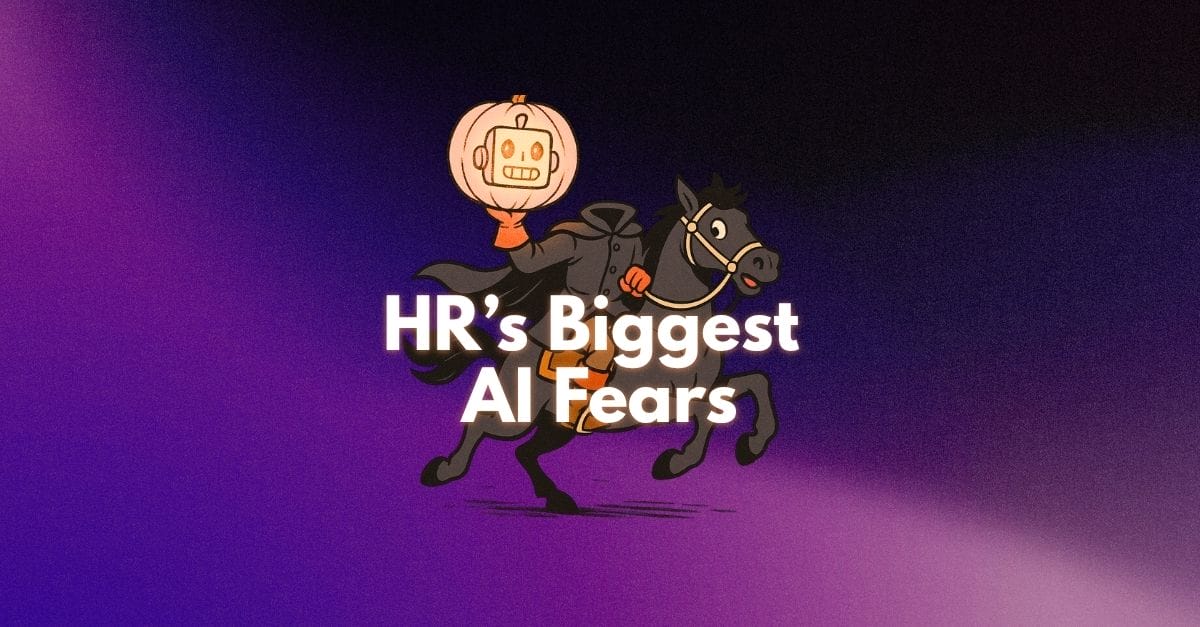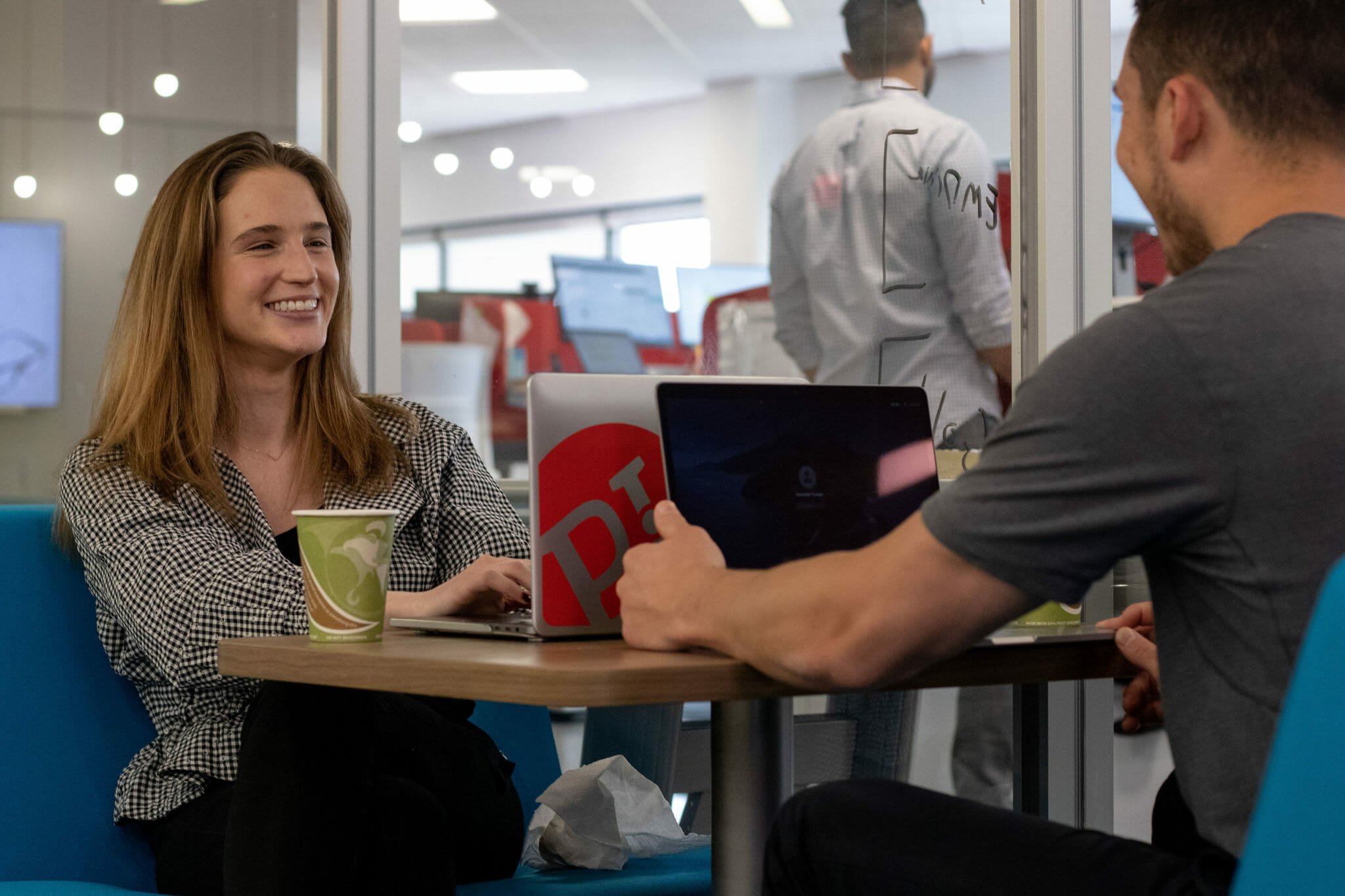You only get one chance to make a first impression. That’s as true for companies trying to fill open roles as it is for candidates showing up to their initial interviews. In fact, for those companies, it’s the often the only opportunity to make that all-important brand impression.
The candidate experience during the recruitment and hiring process defines your organization in the eyes of the candidate, regardless of whether they’re hired or not. This experience encompasses every touchpoint and interaction during the recruitment journey, from the moment the candidate first hears about the job until they either join the company or move on to another opportunity. In this guide, we cover how to improve candidate experience in recruitment, including tips, strategies, and tools to enhance your entire recruitment experience.
The dual role of technology, specifically an Applicant Tracking System (ATS) and behavioral science assessments, can significantly improve the candidate experience by streamlining the process and adding valuable insights.
PI’s recent integration with Paylocity means PI assessments are now integrated directly into your Paylocity hiring workflow, saving you hours of wasted time. Every participant in the hiring process can easily see a candidate’s assessment fit score, together with a brief description of their behavioral profile, without ever leaving Paylocity.
Why does candidate experience matter?
The candidate experience in recruitment is one of the key areas where you can differentiate your organization from others. After all, candidates talk. The more positive, engaging, and welcoming you make the experience, the better your brand and company will look, improving your reputation and making your organization a highly sought-after place to work.
A positive candidate experience during recruitment:
- Enhances employer brand and reputation
- Creates a competitive advantage in the market
- Attracts top talent
- Improves the organization’s referral network
- Increases offer-acceptance
- Reduces time-to-hire and cost-per-hire
Where does candidate experience usually break down?
Unfortunately, there are a number of moments during the recruitment process where the candidate experience can break down. From not valuing the candidate’s time to a lack of interview preparedness, there are multiple touchpoints that can leave a potential new hire confused, frustrated, and resentful.
The candidate experience during recruitment breaks down due to:
- Overly complex application processes
- Lack of feedback/communication (i.e., ghosting)
- Inconsistent interviews and a lack of preparedness
- Poor alignment between job and candidate expectations
- Irrelevant assessments that lack construct validity, face validity, and content validity
- Over-reliance on automated hiring procedures
- Disrespecting the candidate’s time
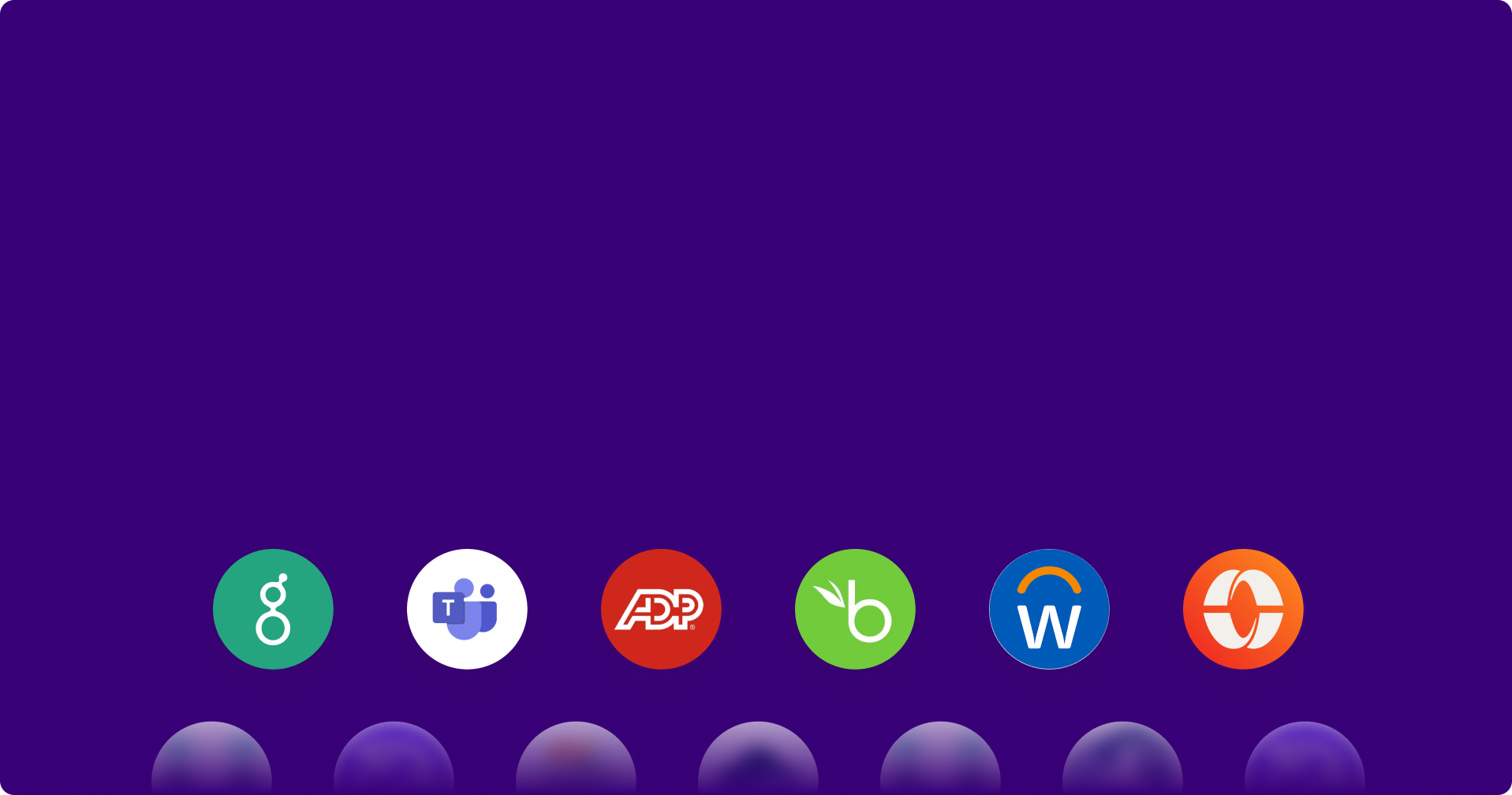
Integrate PI with your existing workflow
With 97+ integrations, you can keep everything in sync to align your talent strategy with business goals.
How to improve candidate experience
Fortunately, there are plenty of things you can do to improve the candidate experience.
1. Streamline application and communication flow.
Clear, consistent communication throughout the hiring journey is the foundation of an exceptional candidate experience.
Applicant tracking systems enable HR leaders to maintain regular touchpoints without overwhelming their daily workload. Automated updates keep candidates informed at every stage, from submitting the original application to final decisions, eliminating the “ghosting” effect that can damage your company’s reputation.
Integrating behavioral insights with ATS workflows is a major leap forward in candidate management.
When platforms like Paylocity are combined with The Predictive Index, organizations gain the ability to track not just where candidates are in the process, but also how their behavioral patterns align with the requirements of the role. This creates a seamless candidate journey from the initial application through to successful onboarding.
2. Establish crystal-clear role expectations with behavioral benchmarks.
Too often, job descriptions read like wish lists rather than realistic portraits of what success looks like.
Before posting any position, develop comprehensive behavioral and cognitive benchmarks that reflect the true requirements for excellence. This approach transforms generic job postings into precise blueprints for success, helping candidates self-select appropriately and setting clear expectations from day one.
PI Job Targeting takes this concept further by enabling HR managers to define the specific behavioral drives and cognitive requirements that predict success in each unique role.
When candidates understand exactly what’s expected of them—not just in terms of skills and experience, but in terms of behavioral fit—they can make more informed decisions about their interest in and suitability for the position.
3. Personalize the hiring process with assessments.
The best hiring process makes a candidate feel seen and valued for who they are, regardless of whether they’re hired or not. Introducing cognitive assessments early in recruitment personalizes the process, demonstrates organizational sophistication, provides candidates with valuable insights into what makes them tick, and enables HR leaders to tailor subsequent interactions based on the candidate’s individual profile and communication preferences.
When you use assessment results to guide interview prep and question selection, the entire conversation becomes that much more substantive and relevant. Interviews feel less like interrogations and more like collaborative explorations of mutual fit. This data-driven, personalized approach increases satisfaction rates even among candidates who ultimately aren’t selected, protecting and enhancing your brand across all interactions.
The integration of PI Behavioral and Cognitive Assessments creates a comprehensive view of each candidate’s unique profile, enabling HR leaders to have more meaningful conversations around role alignment and growth potential.
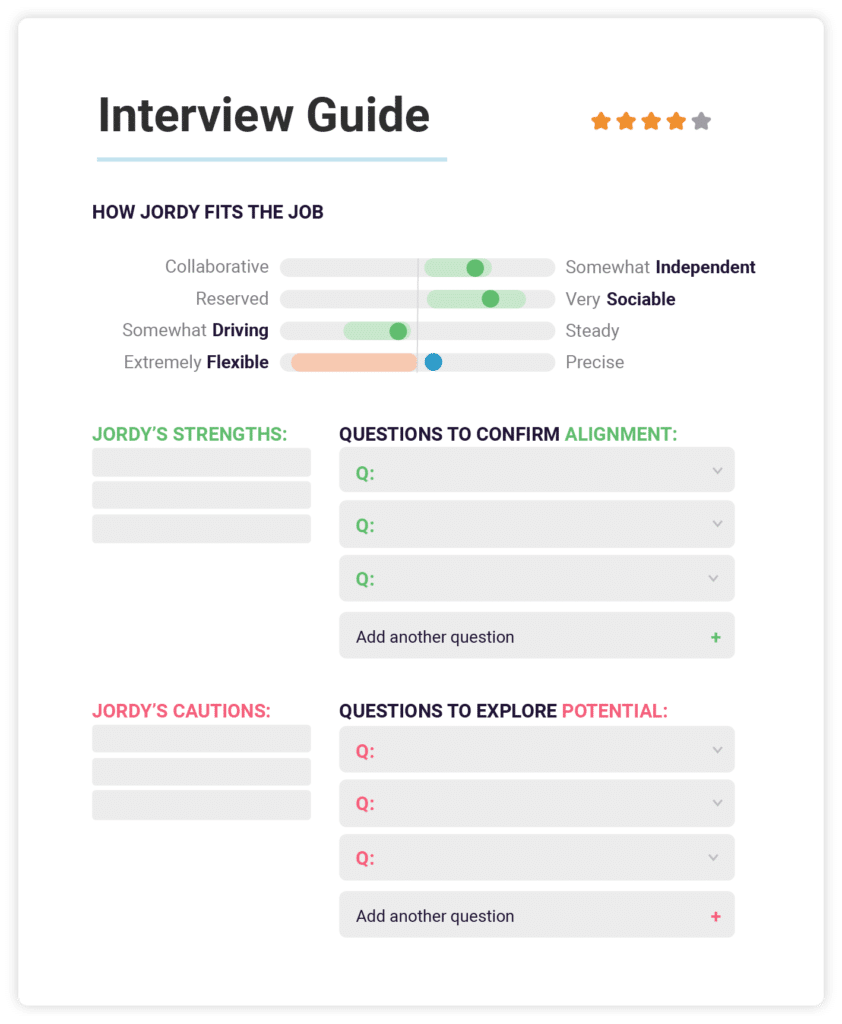
4. Ensure interview consistency and fairness across all interactions.
Developing standardized interview processes and questions that incorporate assessment insights strikes the ideal balance between consistency, fairness, and personalization.
When every interviewer and HR leader works from the same foundational understanding of role requirements and candidate profiles, the effectiveness and fairness of the process skyrocket. Candidates perceive this thoughtfulness and respond positively to the obvious care your organization takes in cultivating their experience.
Our interview guides provide interviewers with research-backed questions and conversation frameworks tailored to each candidate’s behavioral profile. This ensures that every candidate receives the same level of thorough, respectful evaluation while allowing for meaningful personalization based on their unique characteristics.
5. Act on candidate feedback.
Candidate feedback is much more than a nice-to-have add-on—it’s a strategic asset.
Collecting post-interview surveys and ATS-integrated feedback provides you with invaluable insights into how candidates perceive each stage of the process. But the job doesn’t stop there—acting on this feedback demonstrates a genuine commitment to continuous improvement and respecting every candidate.
Analyze feedback patterns regularly to unearth any systemic issues that could be going unnoticed, from interview training needs to gaps in communication. If you continuously refine your process based on candidate input, you create increasingly positive experiences for candidates that compound over time, strengthening your position in a competitive talent market.
6. Measure success to drive continuous improvement.
What gets measured gets improved—and candidate experience is no exception.
Key metrics, such as candidate Net Promoter Score (cNPS), time-to-hire, and assessment-to-hire conversion rates, provide objective measures of the effectiveness of your process as well as candidate satisfaction, enabling data-driven decisions about where to invest improvement efforts for maximum impact.
The Predictive Index’s integrated analytics capabilities allow you to track these metrics alongside behavioral and cognitive assessment data, creating a comprehensive view of hiring effectiveness. This integration reveals not just what’s happening in your hiring process, but why certain approaches work better than others, enabling continuous improvement based on solid evidence rather than guesswork.
Transform your candidate experience.
Combining structured tech with behavioral science transforms recruitment into a candidate-first process. Having clear roles and responsibilities to leverage these technologies and steps is a non-negotiable. It’s not just about speed—it’s about clarity, connection, and consistency.
By implementing these strategies systematically, organizations create hiring experiences that candidates remember positively long after the process concludes. Talent has numerous options to choose from these days, and your brand matters more now than ever in the recruitment process. An investment in candidate experience pays dividends through enhanced offer acceptance rates, stronger employer reputation, and ultimately, better long-term hiring outcomes.
Use the PI Behavioral Assessment and the PI Cognitive Assessment to gain deeper insight into the unique behaviors and potential of current and future employees. Our tools are designed to provide you with actionable insights that encourage better hiring decisions and nurture team development and collaboration.
